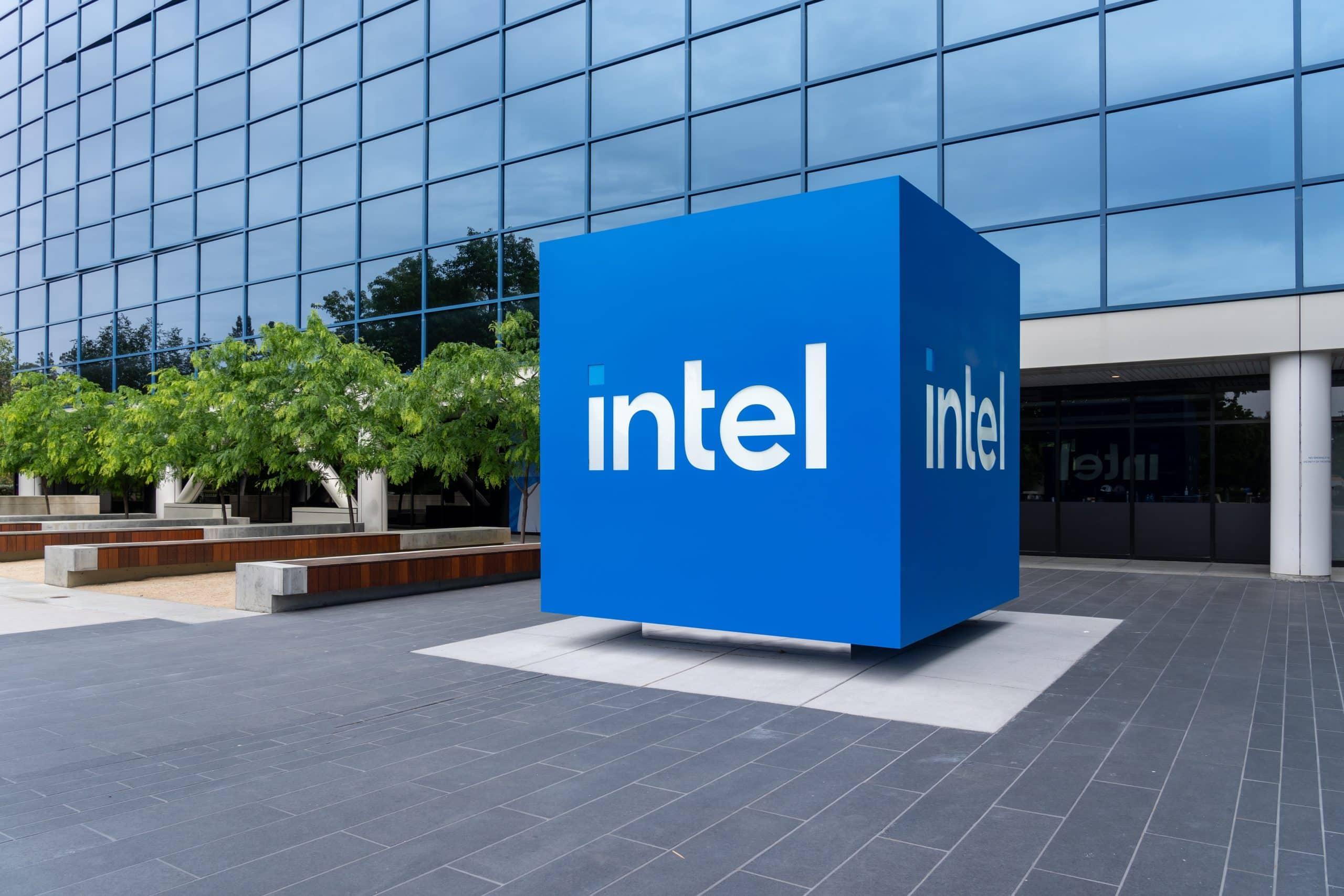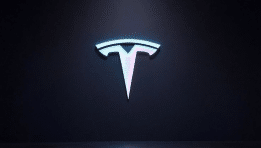The public confrontation between U.S. President Donald Trump and Intel CEO Lip-Bu Tan has thrown the semiconductor industry and Wall Street into the spotlight. Trump demanded Tan’s immediate resignation over what he called a “serious conflict of interest,” while Tan issued an internal letter rejecting the claims and reaffirming his commitment to the highest legal and ethical standards. This dispute comes at a critical time for Intel, as it struggles to rebuild its manufacturing business, regain competitiveness against TSMC, Nvidia, and AMD, and navigate escalating U.S.–China tensions.
The Allegations and Immediate Response
On Thursday, Trump took to his Truth Social platform to declare: “The CEO of Intel is in a serious conflict and must resign immediately. There is no other solution to this problem.” While Trump did not specify the exact nature of the conflict, his remarks echoed earlier Reuters reporting that Tan’s venture capital firm, Walden International, had invested in multiple Chinese companies, some alongside state-owned entities.
Tan quickly responded with an internal letter to Intel employees. “Much misinformation has been spread about my past roles… Over more than 40 years in the industry, I have built relationships across the world and throughout our diverse ecosystem — and have always acted within the highest legal and ethical standards,” he wrote. Tan emphasized that Intel remains in direct communication with the Trump administration and is committed to advancing U.S. national security and economic interests.
The Political and Business Context
Trump’s attack on Tan is not occurring in a vacuum. In recent years, the U.S. government has ramped up domestic semiconductor manufacturing incentives through the CHIPS Act, aiming to reduce dependency on Asian foundries. Intel has been a major beneficiary, securing nearly $8 billion in federal funding.
This public criticism also came one day after Senator Tom Cotton, a close Trump ally, sent a letter to Intel’s board raising concerns about Tan’s ties to China. Cotton pointed to the federal grants and argued that Intel must be held accountable for complying with U.S. security requirements. The political climate is increasingly sensitive to any perceived alignment between major tech leaders and Beijing.
Market Reaction
Intel shares rose 0.9% in pre-market trading on Friday following Trump’s post. However, the overall market reaction was muted, reflecting uncertainty about the fallout. Year-to-date, Intel’s stock is up just 1.8%, underperforming its peers:
- AMD – posting strong gains fueled by AI chip demand.
- Broadcom – continuing robust double-digit growth.
- Nvidia – maintaining its dominant AI leadership with explosive share price growth.
This underperformance underscores Intel’s ongoing struggle to execute its turnaround plan despite Tan’s appointment in March, replacing Pat Gelsinger after a turbulent tenure marked by falling stock prices and missed AI opportunities.
Intel’s Strategic Challenges
Intel is fighting on multiple strategic fronts:
- Manufacturing Technology Gap – The company is working to launch its advanced 18A process node, a cornerstone of its bid to catch up with TSMC. However, Intel recently said this technology would not be offered to external customers initially — a setback for its contract manufacturing ambitions.
- Cost Reduction and Restructuring – In July, Intel announced plans to cut 15% of its workforce as part of an aggressive cost-cutting program aimed at stabilizing its finances and refocusing on core priorities.
- Competition from Asian Foundries – Intel lags behind both TSMC and Samsung in advanced chip manufacturing capabilities, forcing it to accelerate R&D investments and strengthen partnerships to remain relevant in high-performance computing and AI markets.
China Connections – A Political Flashpoint
The Reuters investigation from April revealed that Walden International, the venture firm founded and run by Tan, remains invested in 20 funds and companies that are partnered with Chinese government entities or state-owned enterprises. While these investments are not illegal, they create a politically sensitive narrative in Washington at a time of heightened U.S.–China strategic rivalry.
Bernstein analyst Stacy Rasgon noted in a Thursday investor note that Tan is “not necessarily in conflict” from a legal perspective, but acknowledged that “given the nature of this administration, [Tan’s] China ties… create an increasingly bad look.” Rasgon also pointed out that, unlike other tech CEOs, Tan appears not to have cultivated a personal rapport with Trump that might have defused the political tensions.
Financial Performance and Market Position
Intel’s recent financial performance paints a mixed picture. The company continues to design and manufacture its own chips — a vertically integrated model that has historically been its strength. However, in the past decade, Intel has stumbled in process technology execution, allowing TSMC to surpass it in cutting-edge manufacturing.
Intel’s foundry ambitions — producing chips for third parties — have yet to gain meaningful traction. The recent decision to withhold the 18A process from external customers raises questions about whether Intel can realistically compete with pure-play foundries that already dominate the market.
In contrast, Nvidia, AMD, and Broadcom have leveraged TSMC’s manufacturing strength to scale quickly in the AI and high-performance computing sectors. This divergence is reflected in stock market performance, where Nvidia has seen triple-digit gains in 2025 alone, while Intel remains nearly flat.
Leadership Under Pressure
The controversy surrounding Tan is more than a PR issue; it directly affects Intel’s ability to manage relationships with policymakers who control billions in subsidies and contract opportunities. Maintaining White House support is essential for Intel’s long-term capital investment plans in U.S. fabs.
Tan’s challenge is to reassure both the political establishment and investors that his leadership can bridge the competing demands of national security policy and global business realities. If political pressure continues to mount, Intel’s board may face a decision on whether retaining Tan outweighs the potential policy risks.
The Road Ahead
Intel’s strategic roadmap hinges on three pillars: technological catch-up, operational efficiency, and market diversification. Achieving these goals will require massive capital expenditure, disciplined execution, and stable leadership. The political headwinds add another layer of uncertainty that could impact timelines, investor sentiment, and customer confidence.
If Tan can navigate the current crisis — possibly by increasing transparency on his past business ties and emphasizing Intel’s domestic manufacturing commitments — the company could emerge stronger. Conversely, if political pressure escalates, a leadership shake-up could further delay Intel’s turnaround efforts.
Conclusion
The clash between Trump and Tan highlights the fragile balance between technology leadership, geopolitics, and corporate governance in the semiconductor industry. For Intel, this is not only a leadership test but also a defining moment in its battle to reclaim relevance in the AI-driven era. The outcome could reshape the company’s trajectory for years to come.
Comparison, examination, and analysis between investment houses
Leave your details, and an expert from our team will get back to you as soon as possible
* This article, in whole or in part, does not contain any promise of investment returns, nor does it constitute professional advice to make investments in any particular field.
To read more about the full disclaimer, click here- orshu
- •
- 7 Min Read
- •
- ago 1 hour
 The Americas Markets Close Higher: Nasdaq Leads a Strong Day of Gains
The Americas Markets Close Higher: Nasdaq Leads a Strong Day of Gains
The trading day has concluded for the Americas, with major U.S. indices posting solid gains, driven by a positive market
- ago 1 hour
- •
- 7 Min Read
The trading day has concluded for the Americas, with major U.S. indices posting solid gains, driven by a positive market
- orshu
- •
- 8 Min Read
- •
- ago 6 hours
 European Markets Conclude Trading on a High Note: A Deeper Look at Today’s Performance
European Markets Conclude Trading on a High Note: A Deeper Look at Today’s Performance
European stock markets closed today with a largely positive performance, showcasing resilience and investor confidence despite a mixed bag of
- ago 6 hours
- •
- 8 Min Read
European stock markets closed today with a largely positive performance, showcasing resilience and investor confidence despite a mixed bag of
- orshu
- •
- 11 Min Read
- •
- ago 7 hours
 Why Does Every Minor Miss in Earnings Reports Trigger a Market Chain Reaction?
Why Does Every Minor Miss in Earnings Reports Trigger a Market Chain Reaction?
The second-quarter 2025 earnings season is proving to be one of the most paradoxical in recent years. On the surface,
- ago 7 hours
- •
- 11 Min Read
The second-quarter 2025 earnings season is proving to be one of the most paradoxical in recent years. On the surface,
- orshu
- •
- 6 Min Read
- •
- ago 8 hours
 Q2 Revenue Growth – Who’s Leading, Who’s Stable, and Who’s Falling Behind?
Q2 Revenue Growth – Who’s Leading, Who’s Stable, and Who’s Falling Behind?
The second quarter of 2025 marked a strong period for most major technology companies, highlighting a significant gap between the
- ago 8 hours
- •
- 6 Min Read
The second quarter of 2025 marked a strong period for most major technology companies, highlighting a significant gap between the












